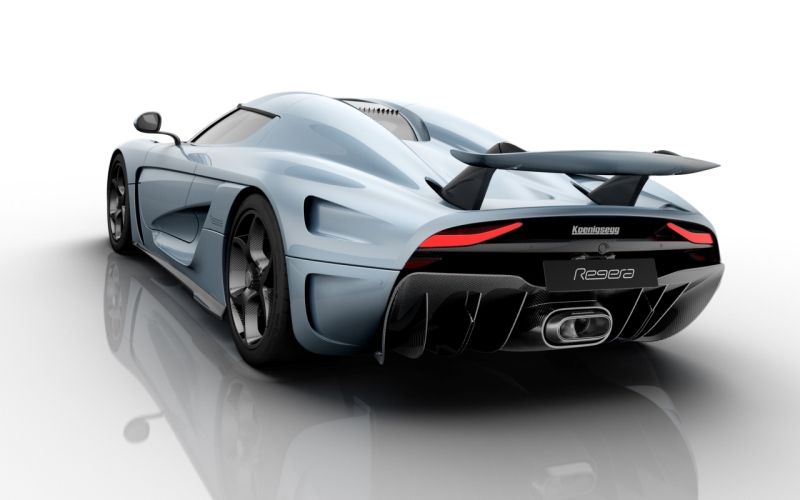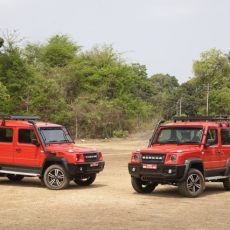Koenigsegg had two stonkers at the Geneva motorshow, one a 1176-PS twin-turbo V8 and the other a 1500+PS twin-turbo V8 hybrid.
The Swedish hypercar makers are definitely not known for being conservative. After the One:1, the only car in the world to list its power as 1mW (1360 PS), Koenigsegg have gone one step further and used the One:1 for development input for the faster Agera RS.
The Agera RS, the track-focussed sibling of the Agera R, packs 1176 PS and 1280 Nm with standard gasoline; run E85 and the output rises further. It will dismiss 0-300 km/h in 18 seconds and have the shapely wing generate 485 kg of downforce at 250 km/h. There are just 25 that will be made, and 10 are already spoken for in Geneva itself!
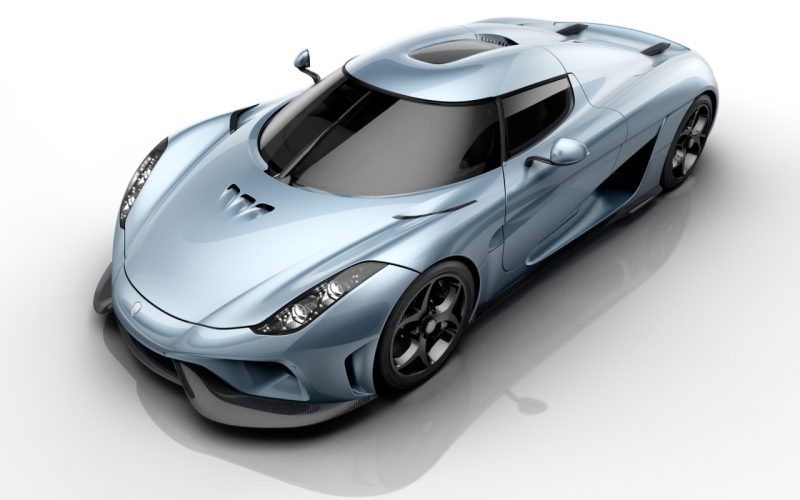
The big news, however, is the Regera, their much-hyped hypercar. Koenigsegg say that it was developed to be their luxury hypercar, rather than a traditional lightweight, race-like road car; apt then that the name ‘Regera’ is Swedish for ‘to reign’. Set free, the Regera is stated to be the fastest accelerating, most powerful production car ever. Furthermore, the Regera will be handcrafted in only 80 examples. Apart from being a suitable production run for Koenigsegg´s newly upgraded and refurbished production facility, the number ’80’ also symbolizes the principle of domination, control and achievement in Pythagorean Numerology; now you know.
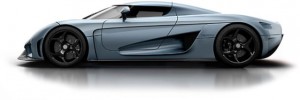
The crosshairs have been set at the elite: the Ferrari LaFerrari, the McLaren P1 and the Porsche 918 Spyder, hybrid hypercars in their own right. However, with 963 PS, 916 PS and 887 PS respectively, they possess over 50% less power than the Regera, which uses the 5.0-litre twin-turbocharged V8 with 1115 PS and 1250 Nm, but is paired to three electric motors – one each for both rear wheels and one on the crankshaft – using Direct Drive technology. Koenigsegg say the peak combined output is “over 1500 PS and 2000 Nm.”
The best part though, is the complete lack of a standard transmission. Although Mr von Koenigsegg is not a fan of hybrids, this car was special, and, together with the Koenigsegg Advanced Engineering team, he devised a revolutionary Koenigsegg Direct Drive (KDD). The patent-pending KDD replaces the combustion engine’s traditional transmission and gives the added benefit of pure EV mode.
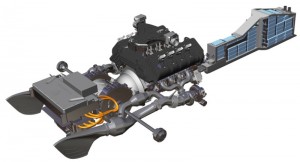
What is unique is that KDD manages to create direct drive to the rear axle from the engine without the need of a multitude of gears or other traditional types of variable transmissions, with inherently high energy losses. During highway travel, for example, KDD reduces drivetrain losses, compared to traditional transmission or CVT, by over 50%, as there is no step up or step down gear working in series with the final drive – just direct power transmission from the engine to the wheels.
To supplement the energy from the combustion engine and to allow for torque vectoring, regenerative braking, extreme drivers response, reverse and energy conversion, there are three YASA developed electric motors. YASA’s axial flux motors are extremely power dense and allow for direct drive, making them a key-ingredient for KDD. One YASA for each rear wheel, giving direct drive – this time electric – and one on the crankshaft, giving torque-fill, electrical generation and starter motor functionality. The three electric motors constitute the most powerful electrical motor set-up in production car history – up to 700 PS and 900 Nm – replacing the gears of a normal transmission while adding; power, torque, torque vectoring and yet still able to remove weight.
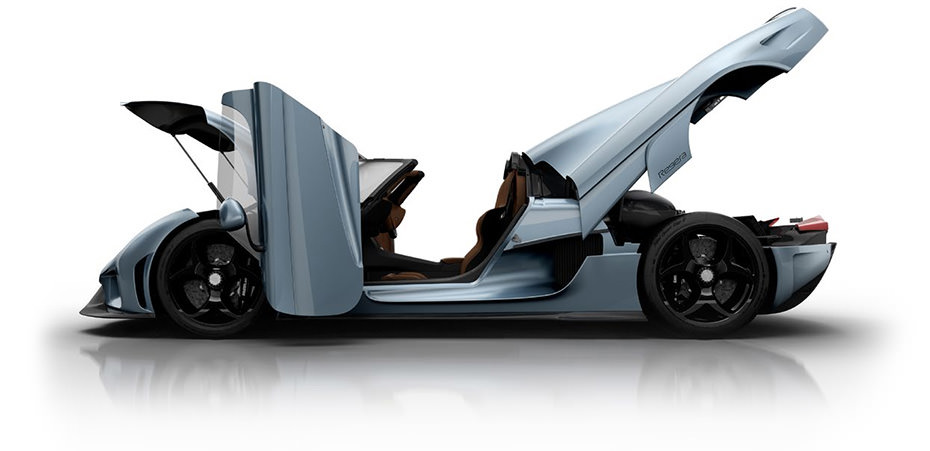
Given the latest advances in compact lightweight hydraulics, Koenigsegg have managed to robotise the entire Regera with almost no weight addition. As it features functions such as active front and rear wings, chassis control and lifting system – the pumps and accumulators were already in place to connect a few more hydraulic operators. These in turn replaced gas struts of equal weight – resulting in minimal weight impact. Thus, the Regera is the first car in the world that operates all body closures completely automatically. The spectacle to open and close the entire car simultaneously from the remote or smartphone, turns the Regera into a transformer. Yes!
Furthermore, all body closures have soft latching mechanisms, giving the Regera a sophisticated feel. The fully robotised body system, with soft latches adds a mere 5 kg, making full robotisation a very desirable option. The wing mirrors, too, are auto-folding while the doors open, giving added practicality and visual drama, as the Dihedral Synchro Helix doors swing out and rotate 90º to fully clear the door opening, without protruding more than the width of the door making them highly ergonomic.
Of course, the end result: 1500+ PS and a dry weight of 1420 kg (1628 with fuel and fluids) still gives a power-to-weight ratio of over 920 PS/tonne. Koenigsegg also claim a 0-400 km/h acceleration time of under 20 seconds. Perspective: the original Bugatti Veyron with 1000+ PS and 1250 Nm hit 408 km/h with 0-400 km/h coming up in 55.6 seconds. The Supersport, with 1200 PS and 1500 Nm was much faster, but the company haven’t divulged the clocked 0-400 time. However, there’s perspective for you.
Story: Jim Gorde
